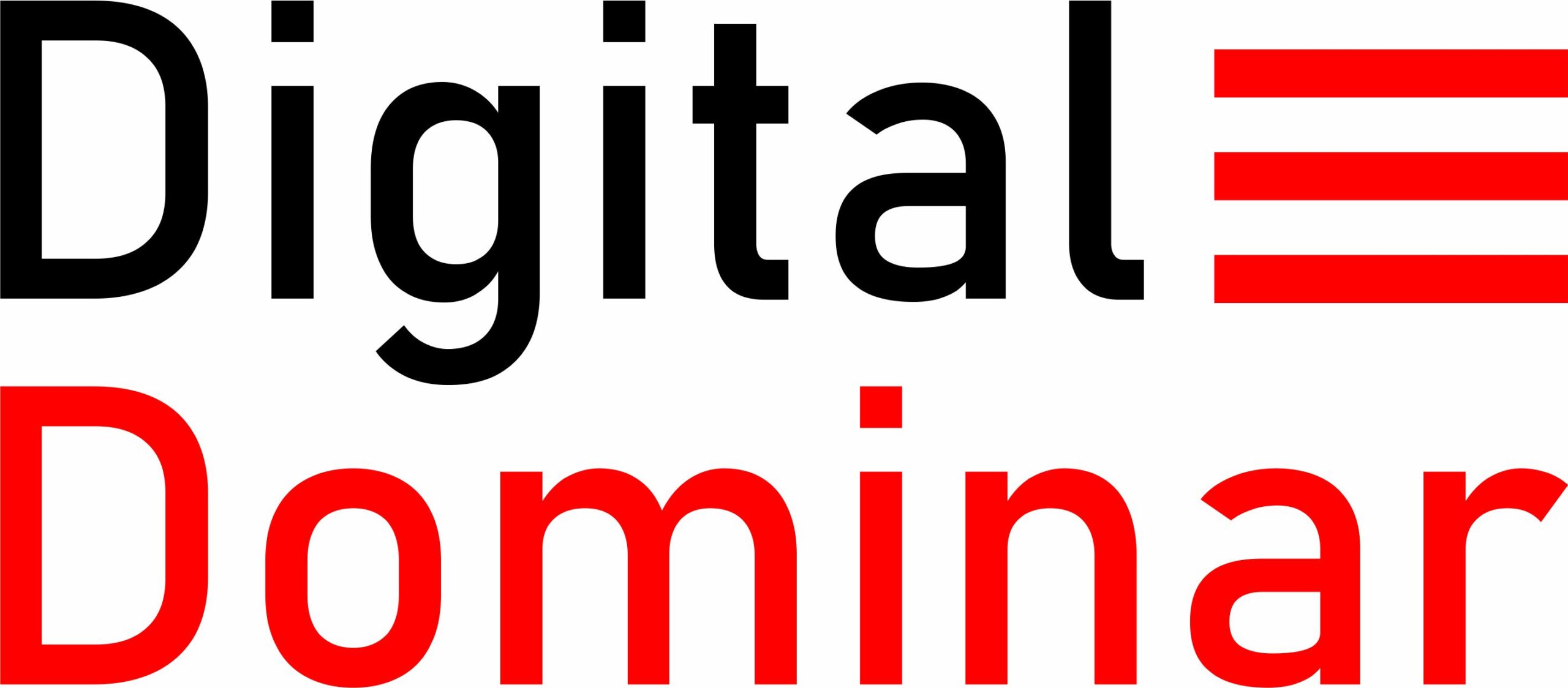Branding for an accounting firm isn’t just color palettes and a crisp logo. It’s the story you tell (and prove) about who you serve, how you work, and why clients can trust you with numbers that actually matter. Done well, accounting branding moves you from “one of many” to “the obvious choice,” which—let’s be honest—is where better margins live.
Why do You Need it and Why It’s More Than Just a Logo
Accounting is a high-trust purchase. Prospects don’t buy hours; they buy confidence: that you’ll keep them compliant, help them sleep at night, and maybe even find money they’re leaving on the table. Branding translates those intangible promises into quick, legible signals—your niche, your approach, your reliability.
It works before you ever speak: the clarity of your positioning, the tone of your copy, case studies and reviews, even the way a quick invoice looks and how easy it is to pay. When every touchpoint sings the same tune, referrals stick, price sensitivity drops, and sales cycles shorten.
The Key Elements of Accounting Branding
- Positioning & Niche
- Who are you for—trades, creatives, e-commerce, nonprofits? Narrow focus sharpens messaging and raises perceived expertise.
- Value Proposition
- Promise benefits in plain English: “Proactive tax planning for 7-figure Amazon sellers,” or “Monthly CFO insights for mission-driven nonprofits.”
- Voice & Tone
- Friendly and plain-spoken? Buttoned-up and conservative? Pick a lane and keep it consistent across web, emails, proposals, and yes, invoices.
- Visual Identity
- Logo, colors, typography, imagery. Clean and accessible (contrast matters). Think “quiet authority,” not neon chaos.
- Proof & Trust Signals
- Case studies, testimonials, credentials, response-time SLAs, and a clear security stance (client portal, MFA, encryption). Brand isn’t just flair—it’s risk reduction.
- Client Journey
- Design the path from first click to onboarding to renewal. Standardized proposals, engagement letters, reports, and invoice templates create a smooth, unmistakably “you” experience.
- Content & POV
- Articles, short videos, quarterly tax updates. Share a point of view: what you believe, what you don’t, and how you advise when tradeoffs show up.
Design Tips: How to Create Accounting Branding
- Start with strategy, not art. Define target client, problems solved, and business goals. Only then sketch logos and pick fonts.
- Keep typography readable. One display face for headings, one workhorse for body. Generous spacing; brutal clarity.
- Choose a restrained palette. Two primaries, one accent. Use color to guide the eye—buttons, calls to action, key stats.
- Template the essentials. Build branded proposals, onboarding packets, reports, and invoice templates with consistent headers, color bars, and sign-offs.
- Show real humans. Authentic photography or minimal illustrations beat stock smiles next to calculators.
- Accessibility is brand. High contrast, alt text, and clear error states in forms signal professionalism and care.
- Reduce payment friction. A branded quick invoice with a pay-now link or QR code is tiny but memorable; it says, “We respect your time.”
Common Accounting Branding Mistakes (And How to Avoid Them)
- Generic promises. “Reliable and accurate” is table stakes. Tie benefits to outcomes and niches.
- Logo obsession. A pretty mark won’t fix fuzzy positioning. Strategy first, identity second.
- Jargon avalanches. Translate GAAP-speak into client language. If your ideal buyer must Google a sentence, rewrite it.
- Inconsistent touchpoints. A sleek site with clunky invoices breaks trust. Align every asset—emails, reports, invoice templates, portals.
- No proof. Testimonials without context feel fluffy. Add numbers, timelines, and a clear before/after.
- Security silence. Clients care about data. State your tools and practices prominently.
- Trying to serve everyone. Broad claims dilute expertise. Niche down and let referrals compound.
- Set-and-forget. Revisit messaging quarterly. Markets shift; your examples and services should, too.
Bottom line: Accounting branding is the architecture of trust. Clarify who you serve, express value in human terms, design a consistent experience, and back it with proof. Do that, and your brand won’t just look better—it’ll sell better, too.





